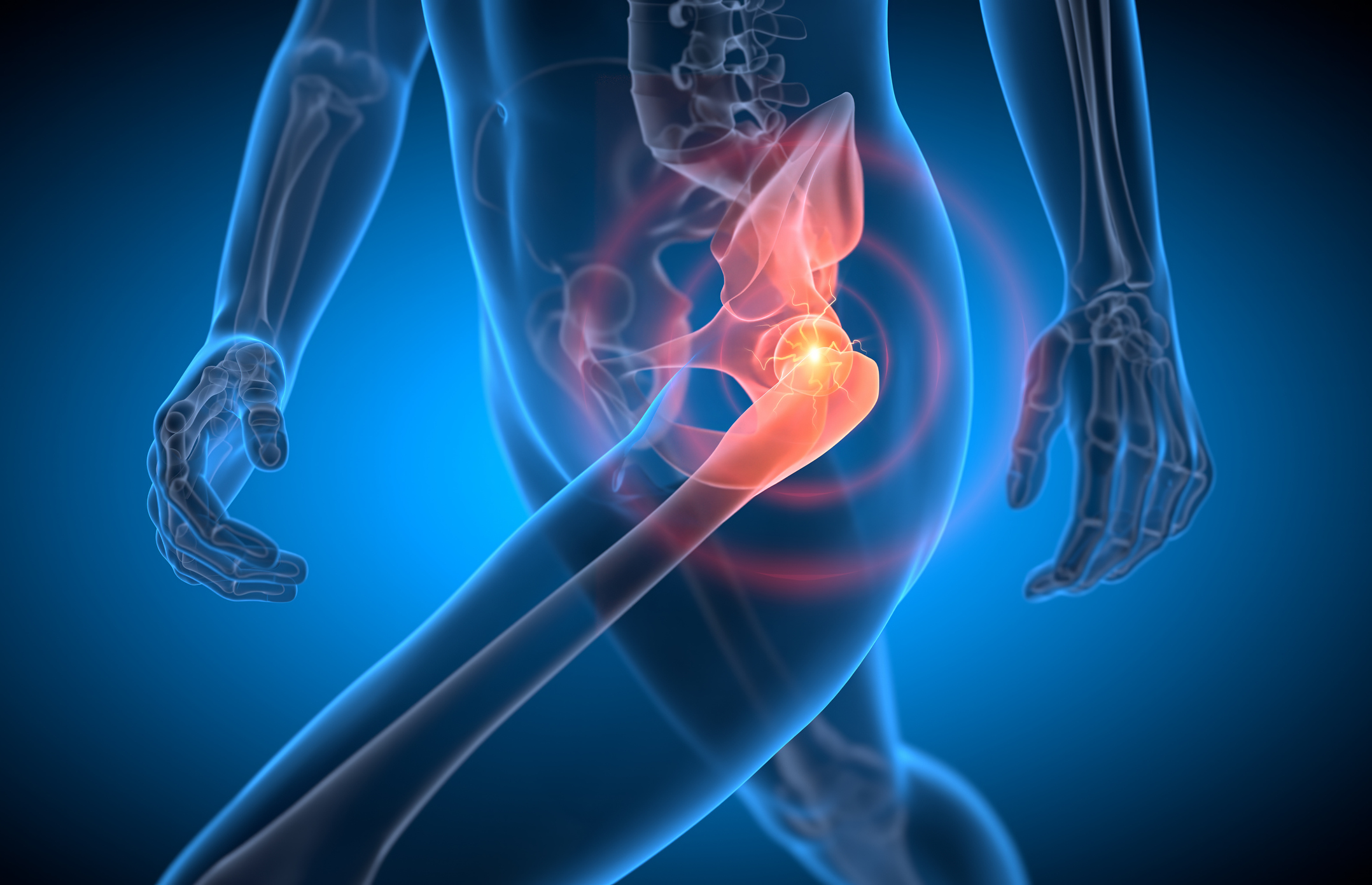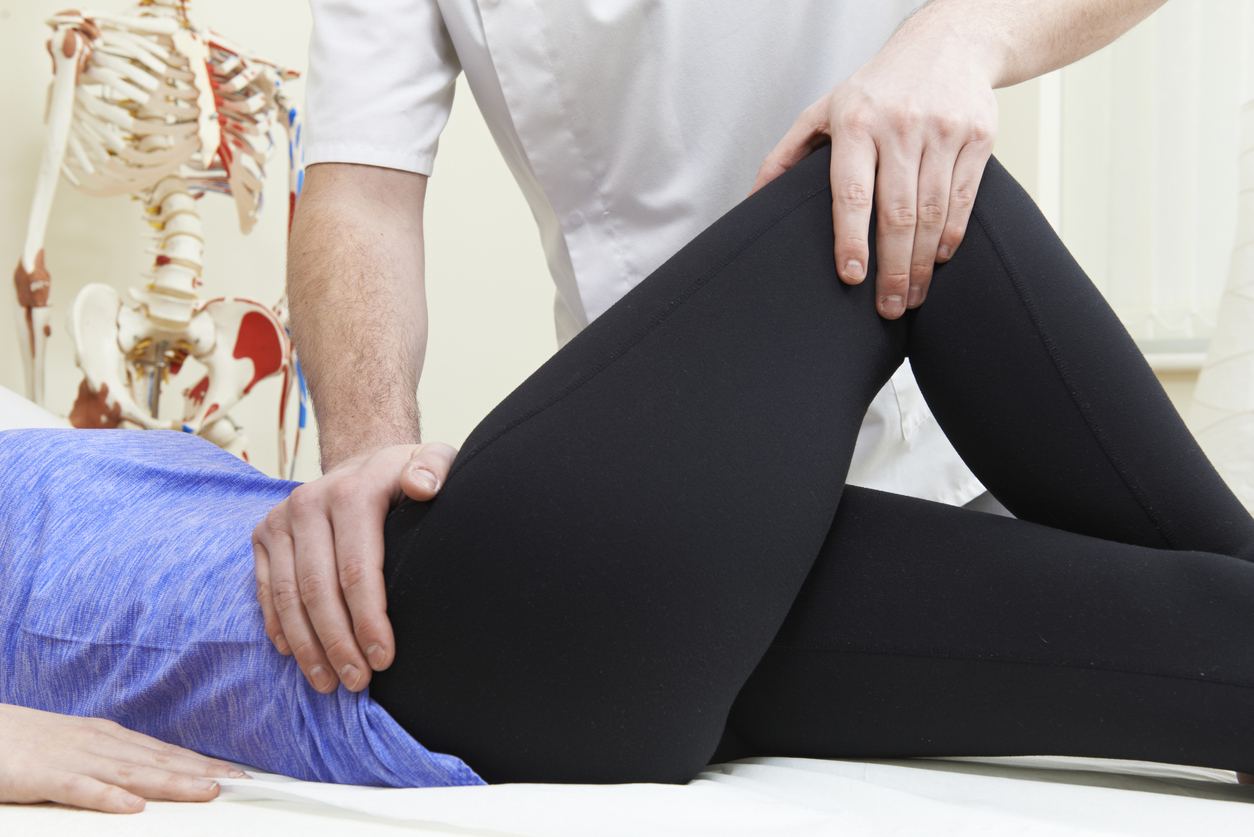Treatment of Hip Osteoarthritis
Hip osteoarthritis (OA) is a degenerative joint disease that commonly affects older adults, leading to pain, stiffness, and reduced mobility, which can significantly impact quality of life. The condition is characterized by the gradual wearing away of cartilage in the hip joint, resulting in bone-on-bone contact that can cause pain and limit joint movement.
Hip Osteoarthritis Non-Surgical Treatments
Non-surgical options aim to manage symptoms and improve joint function without resorting to surgery. These include:
- Weight Management: Reducing body weight to decrease stress on the hip joint.
- Physical Therapy: Exercises to strengthen muscles around the hip, improve flexibility, and reduce stiffness.
- Oral Medications: Nonsteroidal anti-inflammatory drugs (NSAIDs) like ibuprofen and naproxen, as well as other pain relievers, to manage pain and inflammation.
- Injections: Corticosteroids and platelet-rich plasma (prp) injections can provide temporary pain relief and reduce inflammation.
- Assistive Devices: Canes or walkers to help with mobility and reduce load on the hip.
- Heat Therapy: Applying heat to soothe inflammation and relieve pain.
- Lifestyle Modifications: Avoiding activities that exacerbate symptoms and incorporating low-impact exercises.
Hip Osteoarthritis Surgical Treatments
When non-surgical treatments fail to provide adequate relief, surgery may be considered:
- Arthroscopic Debridement: A minimally invasive procedure to remove loose cartilage fragments and other tissue that may be causing pain.
- Total Hip Replacement: The most definitive surgical option, where the damaged joint is replaced with prosthetic parts, potentially providing dramatic improvements in pain and mobility.
Hip Osteoarthritis Care After Surgery
Recovery and rehabilitation are crucial after hip surgery. This may involve:
- Physical Therapy: To regain strength and restore range of motion.
- Pain Management: Using medications to ensure comfort during recovery.
- Use of Assistive Devices: Temporary use of canes, crutches, or walkers.
Hip OA is a chronic condition with no cure, but a range of treatments can alleviate symptoms and improve quality of life. Non-surgical options are often the first line of treatment, with surgery reserved for cases where these are ineffective. Post-surgical rehabilitation is essential for recovery.


